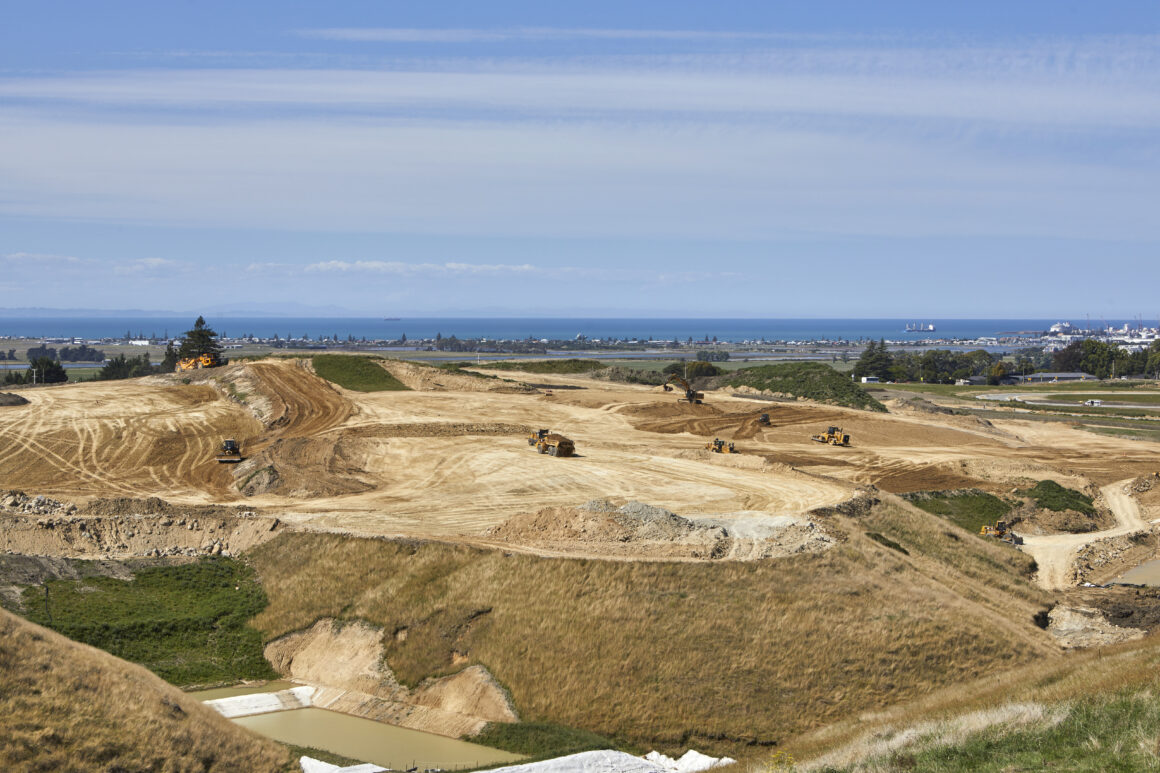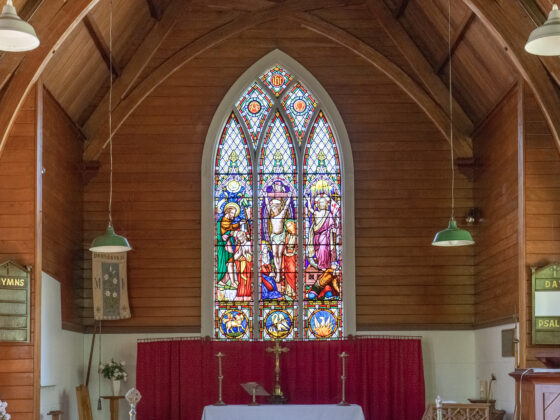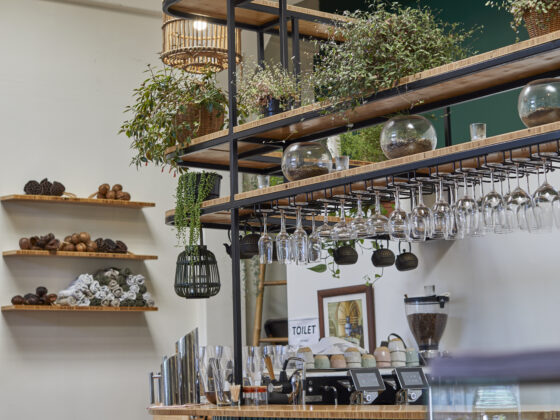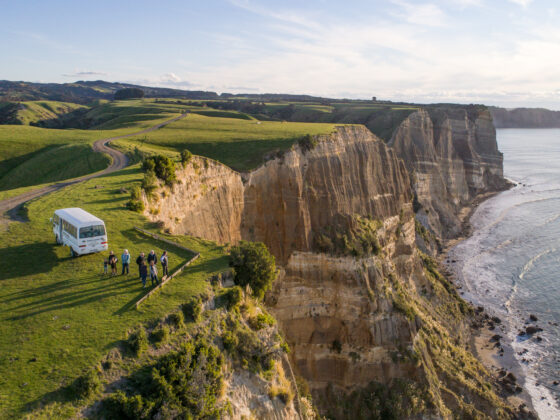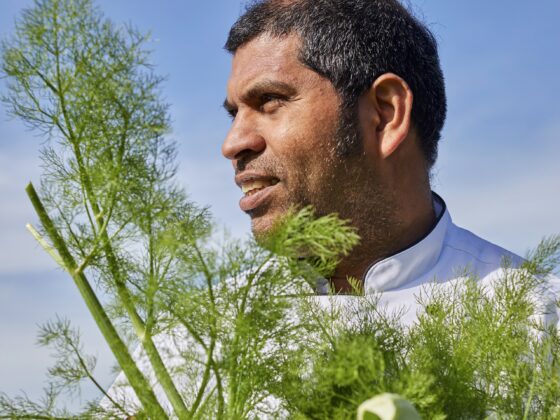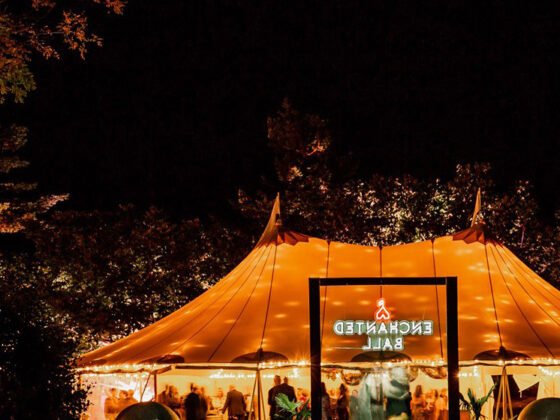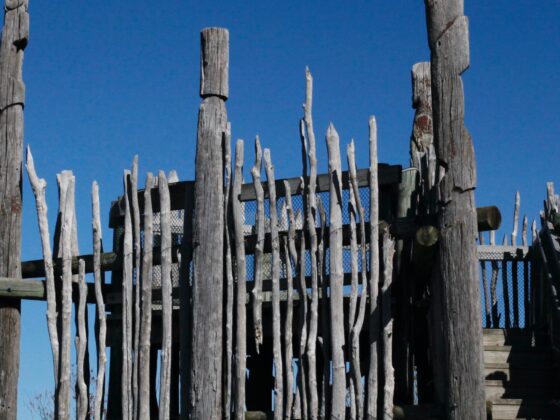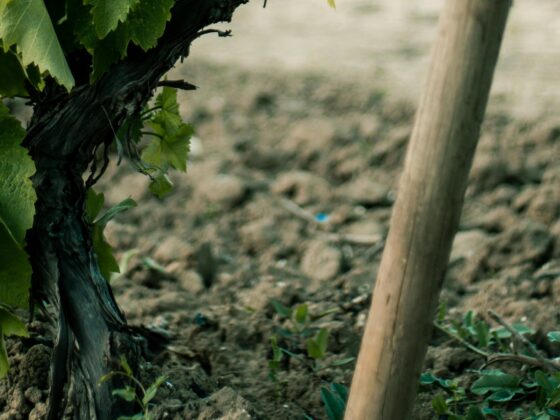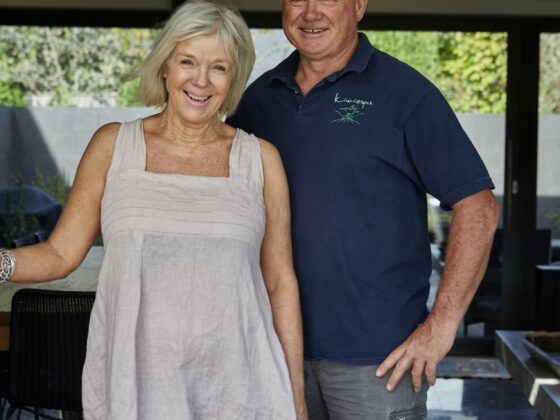Cities grow at a constant rate, generally speaking. Sometimes there are seasons of growth and there are times of equilibrium. Drivers for growth vary around the country, like the rebuilding of Christchurch or the rise to stardom of Papamoa and the population increase in Auckland. David Trim found out about a major housing development happening right here.
Within Hawke’s Bay we have seen pockets of housing growth over the past fifteen years, like when Parklands and Poraiti became desirable and available, producing new suburbs in their wake. Te Awa development added a new extension to Napier South, and Otāne grew to the point of almost needing a traffic light or roundabout.
This housing growth has resulted in a rise in both the community and the average quality of homes in Hawke’s Bay. So brace yourself for a new suburb which will, yet again, raise the bar of community living in our region and possibly in New Zealand.
Mission Hills is currently under earthworks construction and is set to be the ultimate living experience in Hawke’s Bay. Let’s start from the humble beginnings of this patch of Aotearoa that is well known to be part of the Mission Estate Winery.
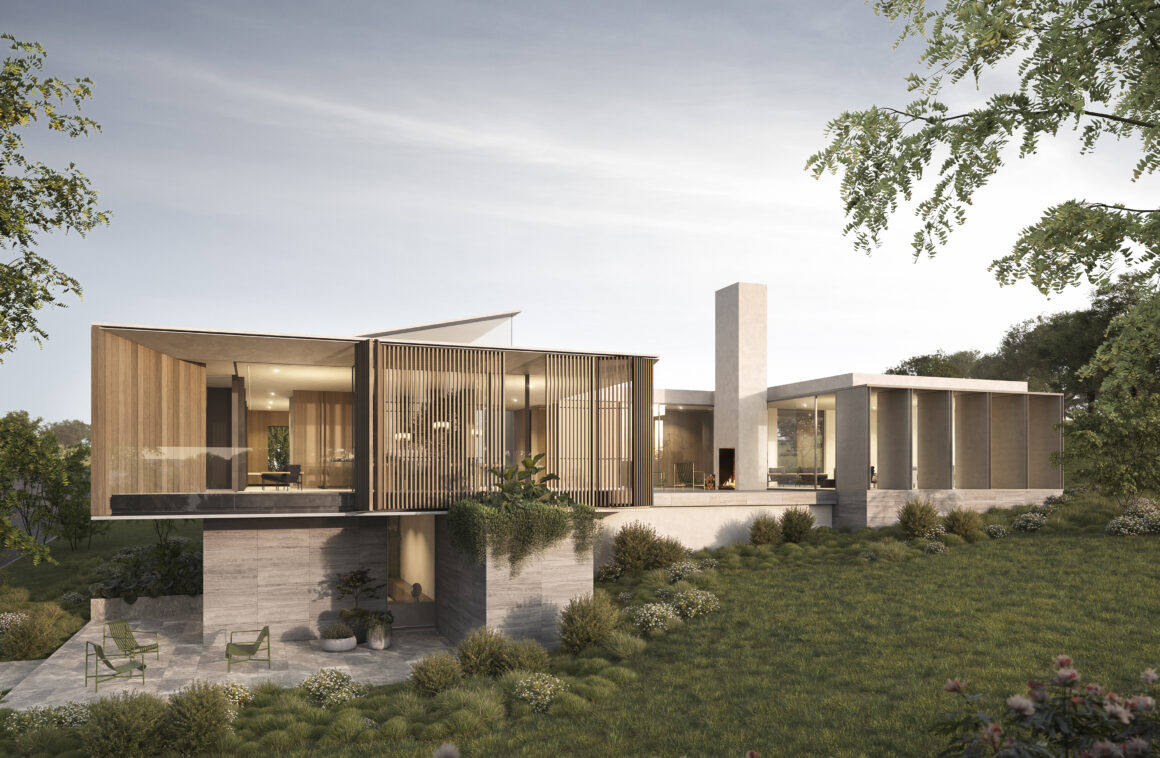
Award-winning architects Hyndman Taylor have been commissioned to craft ‘The Gateway Collection’ — an exclusive series of six distinctive and inspiring homes which will frame the leafy entrance.
Each residence will represent a fusion of innovative design and timeless elegance, embodying the epitome of architectural excellence.
The 800 acres on the edge of Taradale, the original Mission Estate, was purchased from the Tiffen family by the French missionaries way back in 1897. Mission Estate by nature is a multi-award-winning winery and an iconic New Zealand brand and landmark. Established in 1851, it is New Zealand’s oldest winery.
An initial small orchard and some vines were planted on the hillside that is now more noted for being the place where Kiri Te Kanawa performed at the inaugural Mission Concert. These days, that part of the Mission Estate is still unplanted and remains the home of the Mission Concerts.
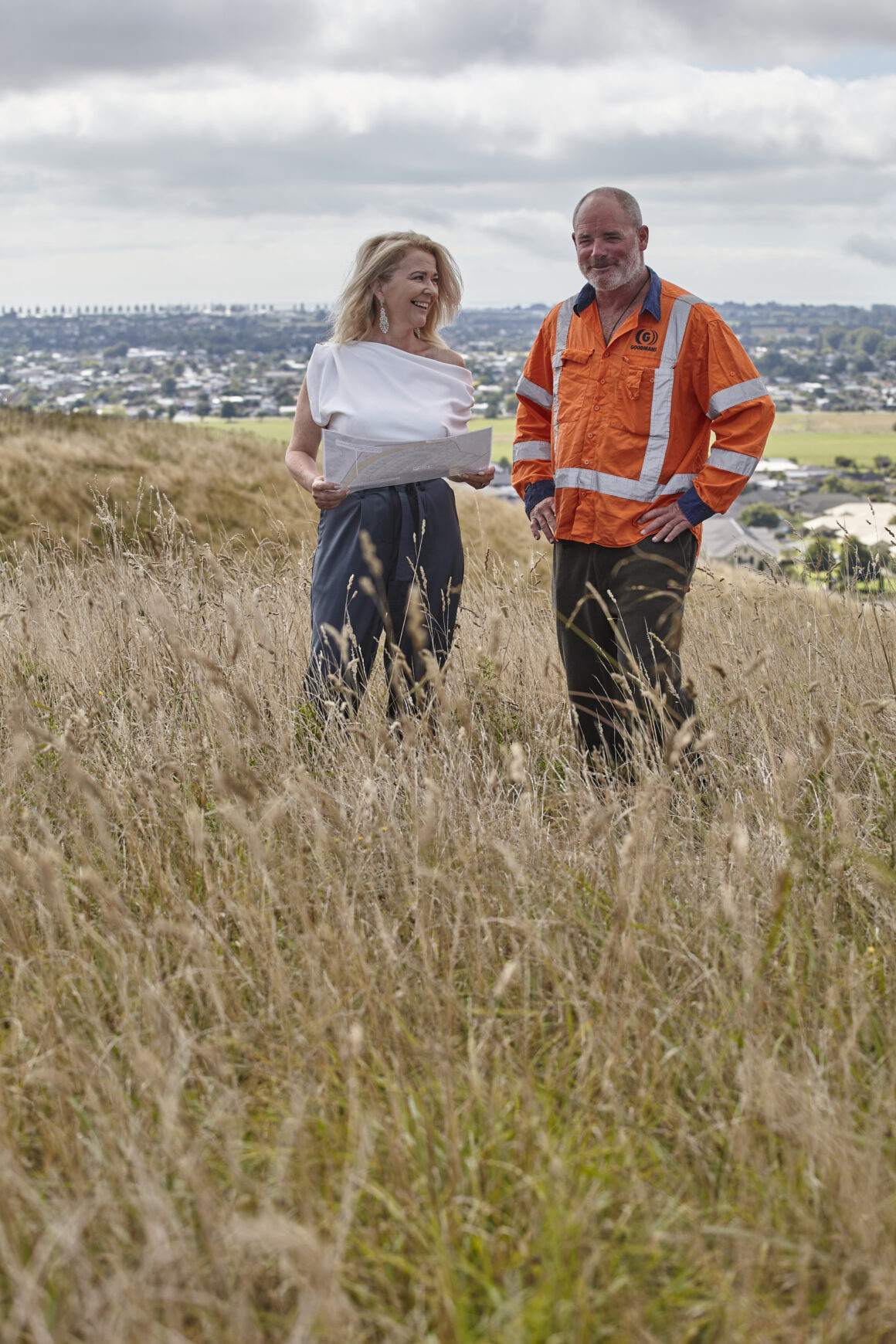
The north-western portion of the estate was recently sold to a group of developers who have set about converting the land to become Napier’s newest suburb. This development will centre its attention on community, creating an environment that feels like a place where you might want to know your neighbour, and by establishing community amenities, the whole city can be a part of it.
This style of development creates that feeling of connection with the natural environment, which celebrates the rolling contours, views and respect for whenua (land).
In the early planning stages, the Mission Hills development team worked closely with their Cultural Advisor and Mana Whenua, who identified many sites of cultural significance.
These locations have influenced the design of the landform and will be preserved for posterity by their future intended use of thoughtfully landscaped reserve areas, which interconnect with a series of walking paths linking the whole development. Once completed, the newly created pathways and reserves will be handed over to the Napier City Council, ensuring they remain open for the public to enjoy.
During excavation of the area, workmen came across several kumara pits. Kumara pits were an essential part of Māori settlements, developed as a means of storing kumara during the winter, both for food and for planting the following spring.
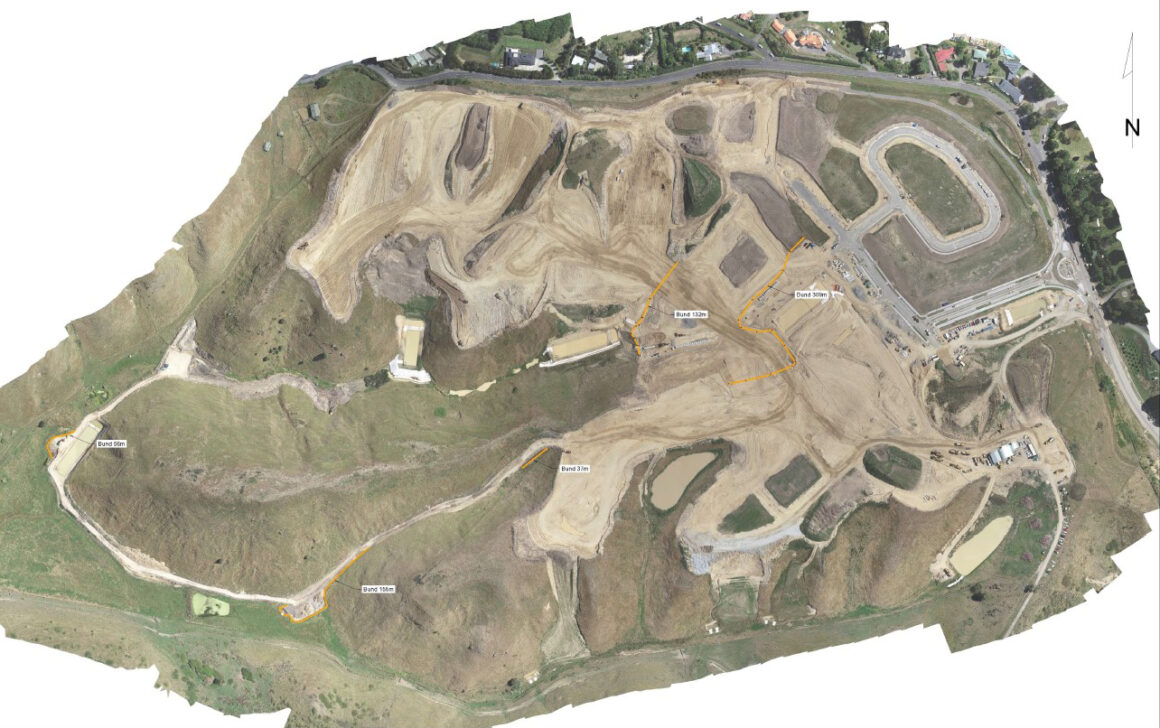
The most successful of these were underground storage pits, which kept tubers cool and dry and in a dark space. Incidentally, Hawke’s Bay has some of the highest numbers of storage pits found anywhere in New Zealand. These areas of the new land development have been set aside to preserve this history.
While space is established for approximately 900 homes, a large portion of the Mission Hills site will be dedicated to landscaping, with gullies and hill tops effectively enhancing wetland systems.
This approach involves considering opportunities for utilising storm water within the area, re-using the precious commodity for the betterment of the overall development. The positive impact on the region is worth a wee consideration when you calculate 900 houses with, say, an average of 2.5 persons per household. This equals a total suburban population of 2,250 – similar in size to the suburb of Frimley in Hastings.
The number of tradies required over the next ten years will be hugely significant, along with the number of home-building suppliers.
Let’s not forget the impact a new suburb has on schooling requirements, doctors, pharmacists and, of course, the increased traffic through nearby intersections. All of these factors required consideration before the project became a reality.
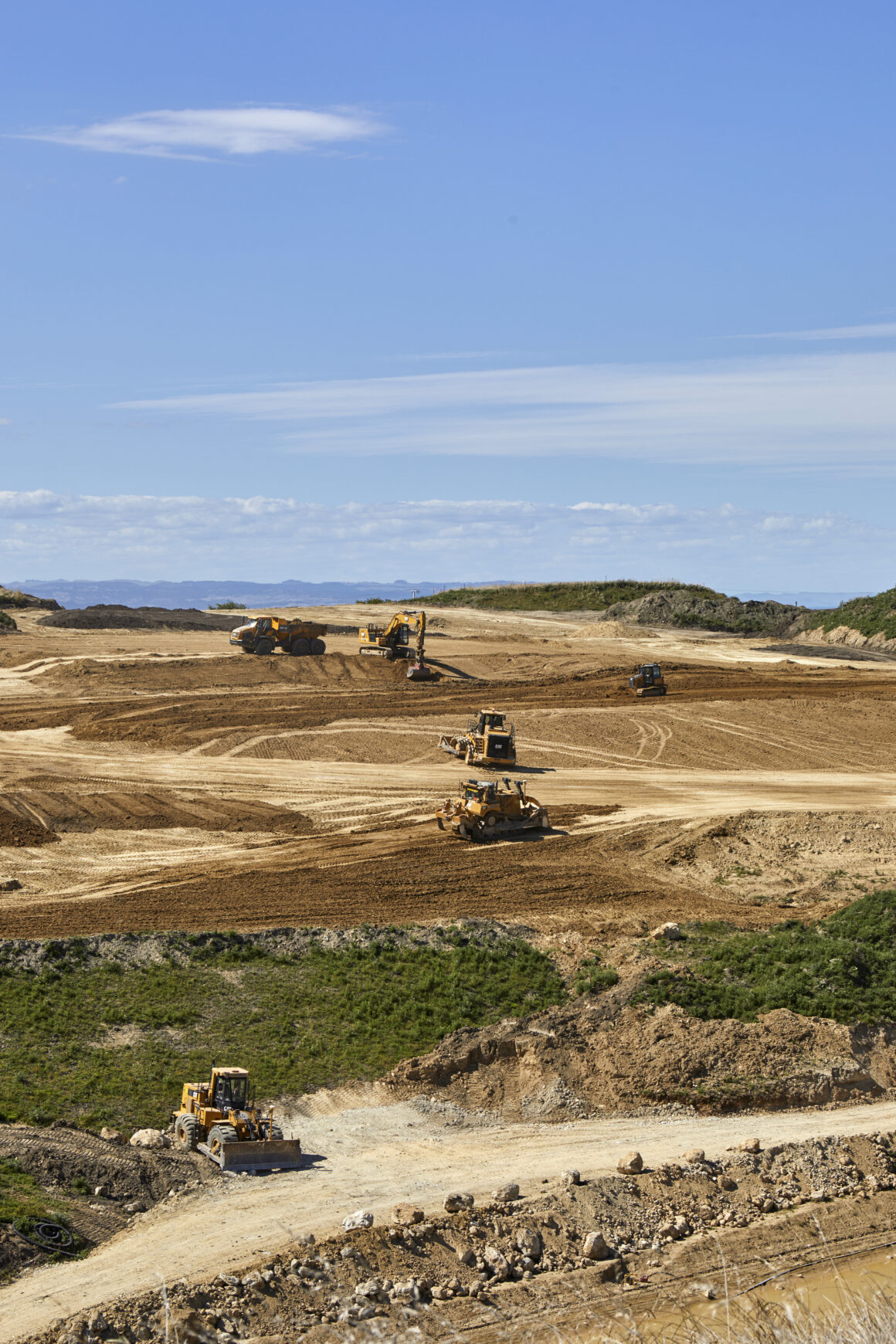
Urban designers Isthmus Group have a passion for weaving the land, people and culture together. They drew inspiration for this project from the rich history of the land along with recognition of the significance this land has had in supporting our community for many generations before today.
Vanessa Thompson is Head of Sales and Marketing for Mission Hills. She says, “Our vision is to create a thriving community in a spectacular natural environment that serves as a new residential paradigm for Hawke’s Bay.”
The new residents of Mission Hills will not only own a slice of rich history and a world-recognised landmark, they will also be participating in a unique community experience, one which has the potential to become a blueprint for future developers to analyse, admire and follow

